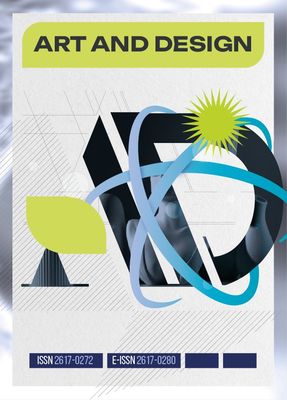Post-industrial heterotopias: Art clusters as fluctuating spaces between marginality and aestheticisation
DOI:
https://doi.org/10.30857/2617-0272.2025.2.8Keywords:
artistic environment, gentrification, street art, semiotics of space, commodification of culture, simulacrumAbstract
The research relevance is determined by the need to determine the spatial transformations of postindustrial territories in the context of cultural dynamics and aestheticisation of marginal artistic practices. The study aimed to analyse art clusters as fluctuating post-industrial spaces that exist between marginality and aestheticisation, to reveal the mechanisms and stages of their transformation from countercultural initiatives to cultural and commercial objects. The methodological basis of the study included an interdisciplinary approach that combines philosophical, cultural and urban methods of analysis, as well as the case study method and visual and semiotic analysis. The study combined the concepts of Foucault, Lefebvre, and Baudrillard to analyse the cultural transformation of art clusters as post-industrial spaces, which not only described changes in the urban environment but also critically reflected on the processes of legitimising marginal cultural content. The author's typology of art clusters was presented based on the peculiarities of the formation. The analysis has revealed that art clusters of the 1st type “underground transformations” (according to the author's typology of art clusters) function as dynamic spatial constructs in which marginal initiatives are transformed into legitimate cultural practices. Spatial interventions, in particular street art, serve as semiotic markers that form a new identity of a place and contribute to its aesthetic redefinition. At the same time, the study established that the processes of commodification and symbolic appropriation lead to the loss of authenticity of protest practices, transforming them into simulacra. The practical value of the study is determined by the possibility of using the results for critical analysis of urban development policies, cultural planning and reconceptualisation of public space in the context of post-industrial transformation.

